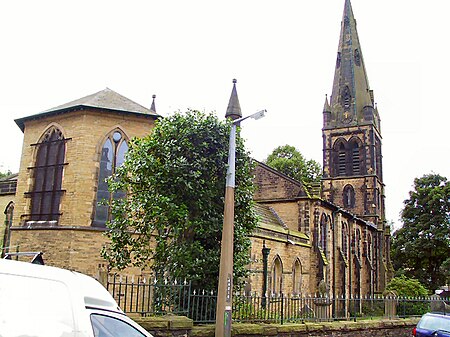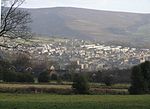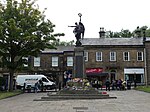St James' Church Glossop
Church of England church buildings in DerbyshireChurches completed in 1846GlossopGrade II listed churches in DerbyshireUnited Kingdom Anglican church building stubs

St. James's Church is an Anglican church in the evangelical tradition in the town of Glossop, Derbyshire, in the north-west of England. Along with St. Luke's Church, it makes up Whitfield Parish within Derby Diocese.The churchyard contains war graves of three soldiers of World War I.
Excerpt from the Wikipedia article St James' Church Glossop (License: CC BY-SA 3.0, Authors, Images).St James' Church Glossop
Hollincross Lane, High Peak Whitfield
Geographical coordinates (GPS) Address Nearby Places Show on map
Geographical coordinates (GPS)
| Latitude | Longitude |
|---|---|
| N 53.4387 ° | E -1.9528 ° |
Address
Hollincross Lane
SK13 8JQ High Peak, Whitfield
England, United Kingdom
Open on Google Maps









